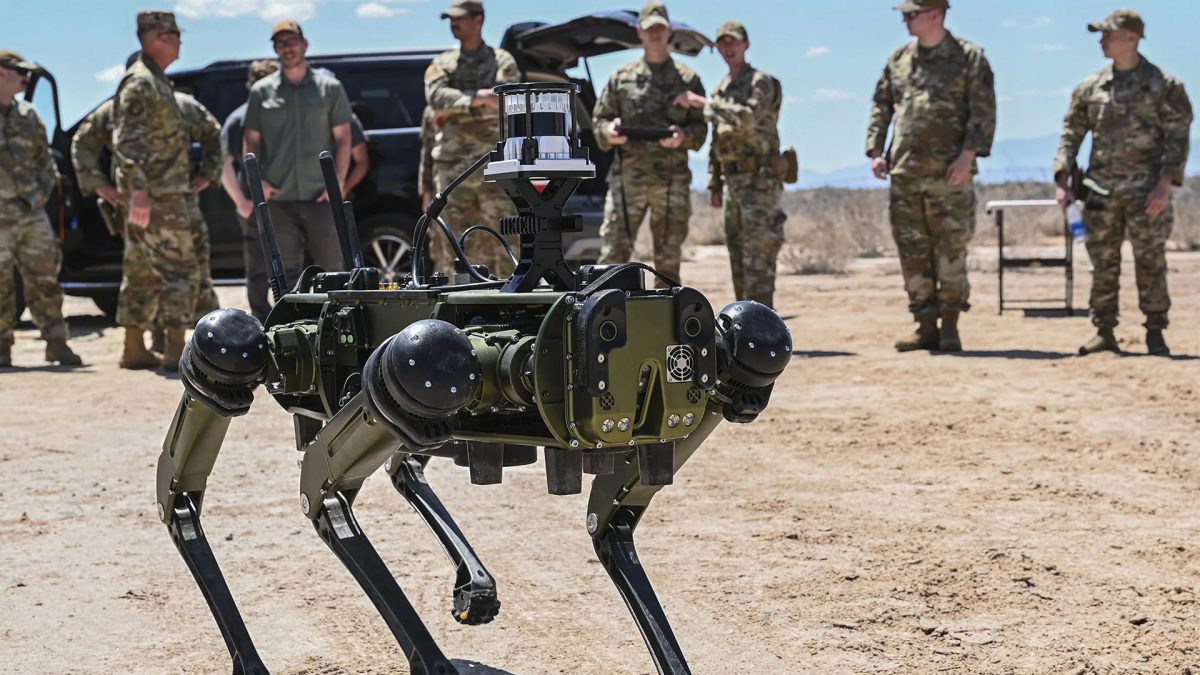Retired Army Gen. Mark Milley, a former chairman of the Joint Chiefs of Staff, claimed that unmanned and AI powered tools will change how military operations are conducted. Other nations are likely to design their militaries similarly read more
)
He also noted that the number of human troops will likely decrease as robotic systems become more prevalent. Image Credit: Reuters
In the next 10-15 years, robots and other smart machinery are expected to make up as much as one-third of the US military, according to retired Army Gen. Mark Milley, a former chairman of the Joint Chiefs of Staff.
Milley made this prediction at an Axios event earlier this week, emphasising the transformative impact this shift will have on military operations and the ethical challenges it will introduce.
The integration of unmanned and AI-driven tools into the military represents a major evolution in how wars are fought. Milley pointed out that this shift will not be unique to the US; other nations are likely to design their militaries similarly.
He also noted that the number of human troops will likely decrease as robotic systems become more prevalent.
For years, militaries have been experimenting with various forms of robotic and AI technologies, such as armed drones, robotic dogs, and mechanical mules. These technologies are now becoming more viable, supported by advancements in the defence industry.
The Army is exploring human-machine integrated formations, where soldiers operate alongside robots. The Air Force is working on “collaborative combat” aircraft, which can fly with human pilots to gather intelligence, disrupt enemy electronics, and engage targets.
The Navy is developing a hybrid fleet that includes unmanned surface and underwater vehicles to enhance the capabilities of sailors and Marines, with Task Force 59 in the Middle East leading the way.
However, the increasing use of autonomous systems in warfare raises concerns about the potential for “killer robots.” To address these concerns, US policy mandates that a human must be responsible for making the final decision to use lethal force.
Additionally, robotic technologies have applications beyond direct combat, such as transporting supplies and evacuating injured soldiers from the battlefield.
Milley supports the idea of keeping humans involved in the decision-making process for weapons deployment. He believes this is a critical issue that society will need to address in the coming decade. Ultimately, the nation that successfully optimises these technologies for military use will gain a significant and potentially decisive advantage in future armed conflicts.

 2 months ago
23
2 months ago
23
)
)
)
)
)
)
)
)
)
)
)
)
)
)
)
)
)
)
)
)
)
)
)
)
)
 English (US) ·
English (US) ·